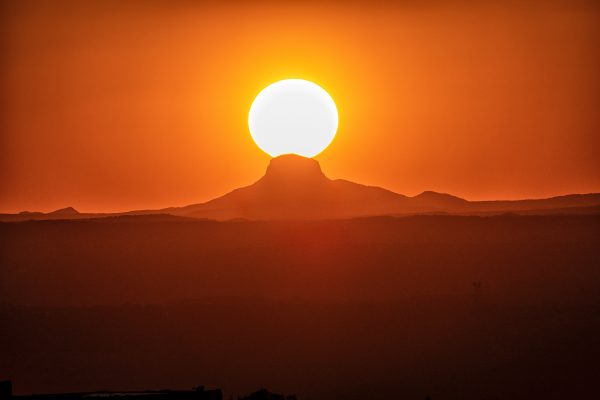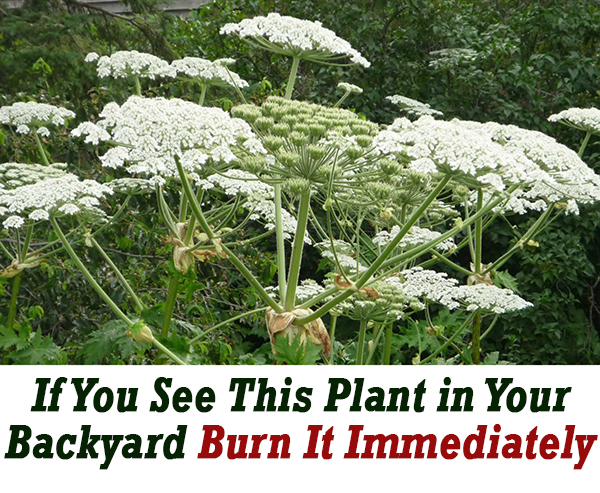
There are some survival items that are so useful and versatile that every prepper MUST own one. Paracord is one of them…and a shemagh is another. Pronounced ‘she-mog’, this item is similar to a bandana, but it’s much larger. Roughly 42” x 42”, the shemagh originated in the Middle East out of sheer necessity.
The people needed something to shield their faces from the constant winds blowing sand particles all around. Most of their face and neck would be covered, leaving only the eyes exposed.
That’s why the shemagh is larger than a bandanna. Just like a bandanna, you can use it for a variety of purposes. In this article, we’ll look at 10 ways you can use a shemagh.
Towel
When you’re in the wilderness, a shemagh can act as a towel; it’s absorbent and big enough to dry you fairly well. It’s important that you always hang your shemagh out to dry completely when you’re done.
Strainer
If you need water and all you can find is murky water, the first thing you can do is use your shemagh as a strainer to sieve off the bigger impurities. Once the water passes through the shemagh, it’ll be filtered to some extent. You can then boil the water to destroy all viruses, protozoa and other contaminants. Finally, add a water purification tablet to the cool water and it should be potable.
Tourniquet
This is one way the scarf can be used for first aid. If there’s a serious injury and you can’t stop the bleeding in the limb, you can fold the shemagh in half to make a triangle. Grab each end of it and spin it in circles so that it is like a rope. Tie the rolled-up cloth tightly around the limb to stop the blood flow.
Knee Pad
Do you need to kneel on rough terrain to read a map or start a fire? Fold up the shemagh till it is relatively thick and kneel on it for some cushioning.
Collect dew
If you desperately need water and there’s none, the shemagh can be used to wipe the dew of leaves and grass. You’ll need to do this in the wee hours of the morning. If there’s tall grass around you, you can just wrap the shemagh around your knee and walk through the grass for a while till the scarf is wet and soaked.
Take it and wring it over a container. You’ll get several drops of water. If you keep doing this, you can get enough water for a sip or two to prevent your body from further dehydration.
Feminine Hygiene
This method is pretty straightforward. If you don’t have a sanitary pad with you in the wilderness, a shemagh will double as one. Remember to wash it very well and if possible, soak it in boiling water to kill all bacteria after use.
Pillow
Pillows are a luxury most of us won’t be affording out in the wilderness. Roll up or fold the shemagh and use it as one.
Eye Mask
Trying to sleep in the day and it’s too bright? Fold the shemagh to fit over your eyes and block out the sun.
Splint Tie/Sling
Another first aid use. When treating a fracture, the shemagh can be used to tie around the fracture and a splint of wood to immobilize the limb and provide support. If it’s an arm fracture, the shemagh can be used just like a triangular bandage to make a sling for the arm.
Foot Wrap
If you lose a shoe or injure your foot, you can wrap the shemagh around your foot and manage to hobble around. Seek out help as soon as possible, though. The wrap is only a temporary fix, and any injury will get worse if neglected.
These are just 10 uses of many, so invest in your own shemagh and practice using it! The next time you’re out in the wilderness, if you need to use a shemagh, you’ll know how to use one effectively.



